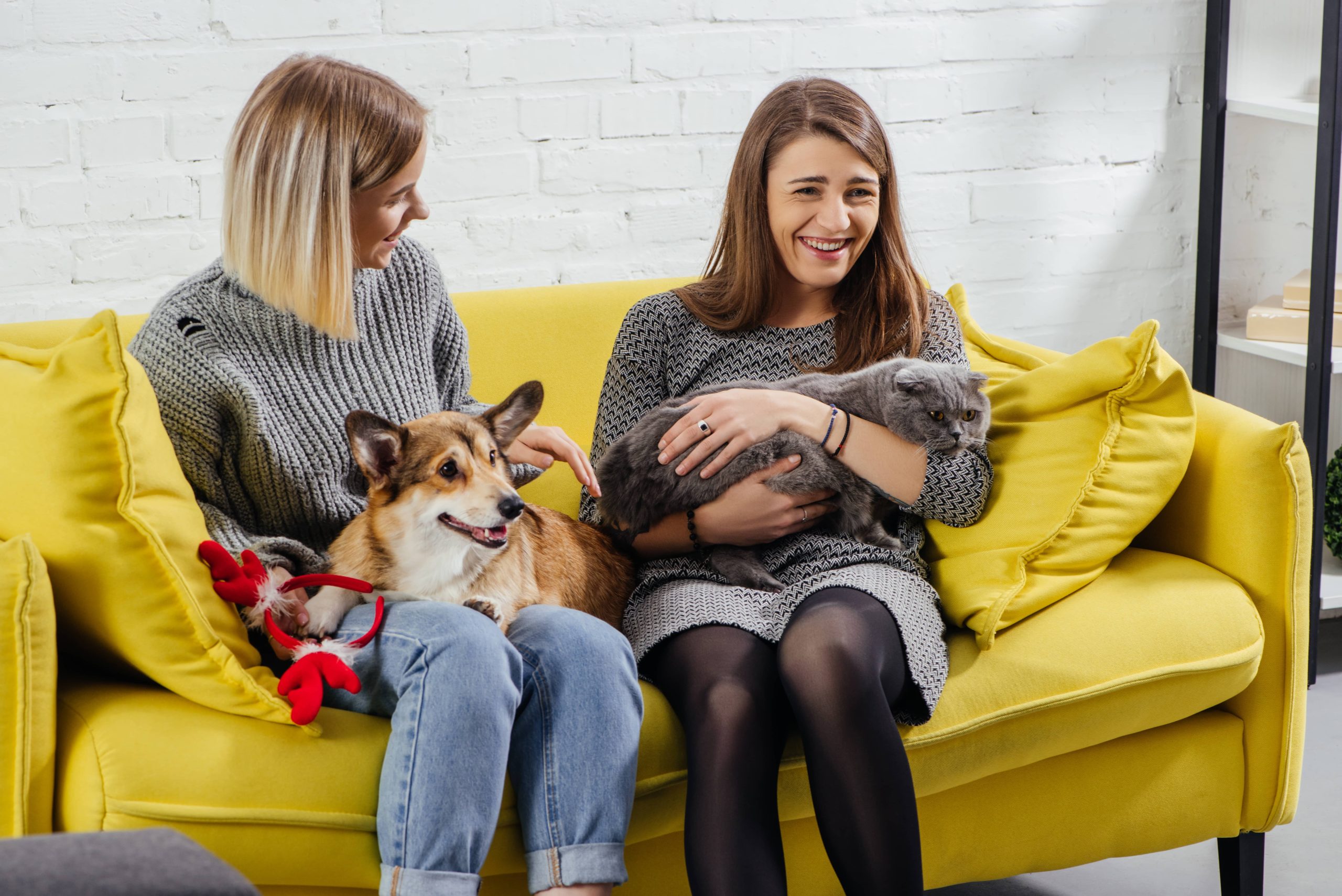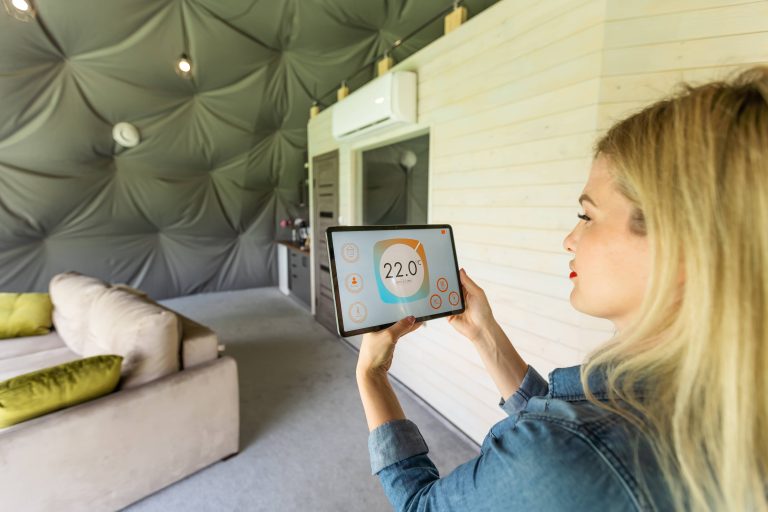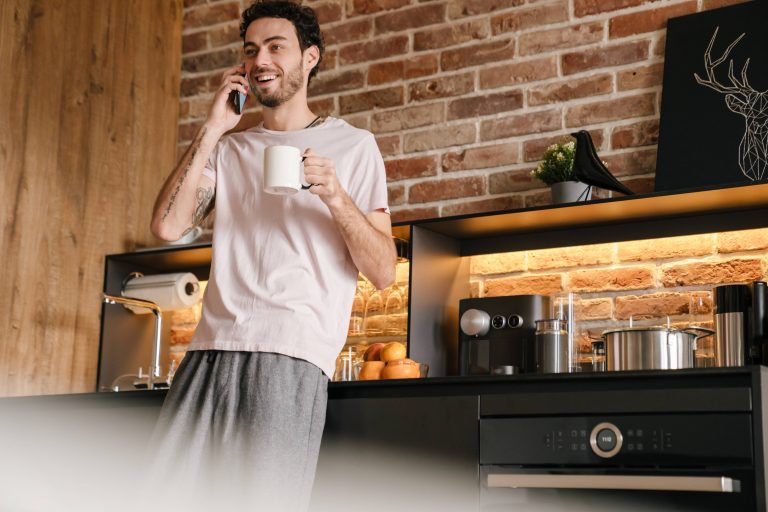
Bringing a new pet into your home is an exciting and rewarding experience. Whether you’re adopting a playful puppy, a curious kitten, or a more exotic pet, ensuring your home is safe for your new family member is crucial. Pets, like children, are naturally curious and can get into trouble if their environment isn’t properly prepared. Here are some essential steps to ensure your home is safe for new pets.
1. Pet-Proof Your Home
Just as you would baby-proof a home for a toddler, pet-proofing is essential. Start by getting down to your pet’s level to see what they might encounter. Look for small objects that could be swallowed, electrical cords that could be chewed, and any other potential hazards. Secure loose wires with cord organizers and keep small items out of reach.
2. Secure Hazardous Areas
Certain areas of your home may pose more risks than others. Kitchens and bathrooms, for example, often contain cleaning supplies, medications, and other chemicals that can be harmful if ingested. Use childproof locks on cabinets and drawers to keep these items out of reach. Additionally, ensure that trash cans have secure lids or are stored in a cabinet to prevent your pet from rummaging through them.
3. Check for Toxic Plants
Many common household plants can be toxic to pets if ingested. Before bringing your new pet home, research the plants you have and remove any that are dangerous. Some common toxic plants include lilies, azaleas, and philodendrons. If you love having greenery in your home, opt for pet-safe plants like spider plants, Boston ferns, or bamboo.
4. Create a Safe Space
Your new pet will need a safe and comfortable space to call their own. This could be a cozy bed in a quiet corner or a designated room where they can retreat. Ensure this area is free from hazards and has all the essentials your pet needs, such as food, water, and toys. This space will help your pet feel secure and reduce stress as they adjust to their new environment.
5. Secure Windows and Balconies
Pets, especially cats, are known for their love of high places. Ensure that windows and balconies are secure to prevent falls. Install screens on windows and consider using pet gates or netting on balconies. This will allow your pet to enjoy the view without risking their safety.
6. Be Mindful of Small Spaces
Pets can squeeze into surprisingly small spaces, which can be dangerous. Check for gaps behind appliances, under furniture, and in other tight spots where your pet might get stuck. Block off these areas or ensure they are safe for exploration.
7. Store Food Safely
Pets are often drawn to the smell of food, and some human foods can be harmful to them. Store food securely in cabinets or the refrigerator, and avoid leaving food out on counters. Be aware of foods that are toxic to pets, such as chocolate, grapes, and onions, and ensure they are kept out of reach.
8. Use Pet-Safe Cleaning Products
Many cleaning products contain chemicals that can be harmful to pets. Opt for pet-safe cleaning products, or make your own using natural ingredients like vinegar and baking soda. Always store cleaning supplies securely and ensure surfaces are dry before allowing your pet to walk on them.
9. Regularly Check for Hazards
Even after you’ve pet-proofed your home, it’s important to regularly check for new hazards. As your pet grows and becomes more adventurous, they may find new ways to get into trouble. Regularly inspect your home for potential dangers and make adjustments as needed.
10. Educate Your Family
Finally, ensure that everyone in your household is aware of the steps needed to keep your pet safe. Educate children about the importance of keeping small objects out of reach and not feeding pets human food. Consistent communication and teamwork will help create a safe and loving environment for your new pet.
In conclusion, bringing a new pet into your home requires careful preparation and ongoing vigilance. By following these steps, you can create a safe and welcoming environment for your new furry friend. Remember, a safe home is a happy home, and your efforts will help ensure that your pet thrives in their new surroundings.







